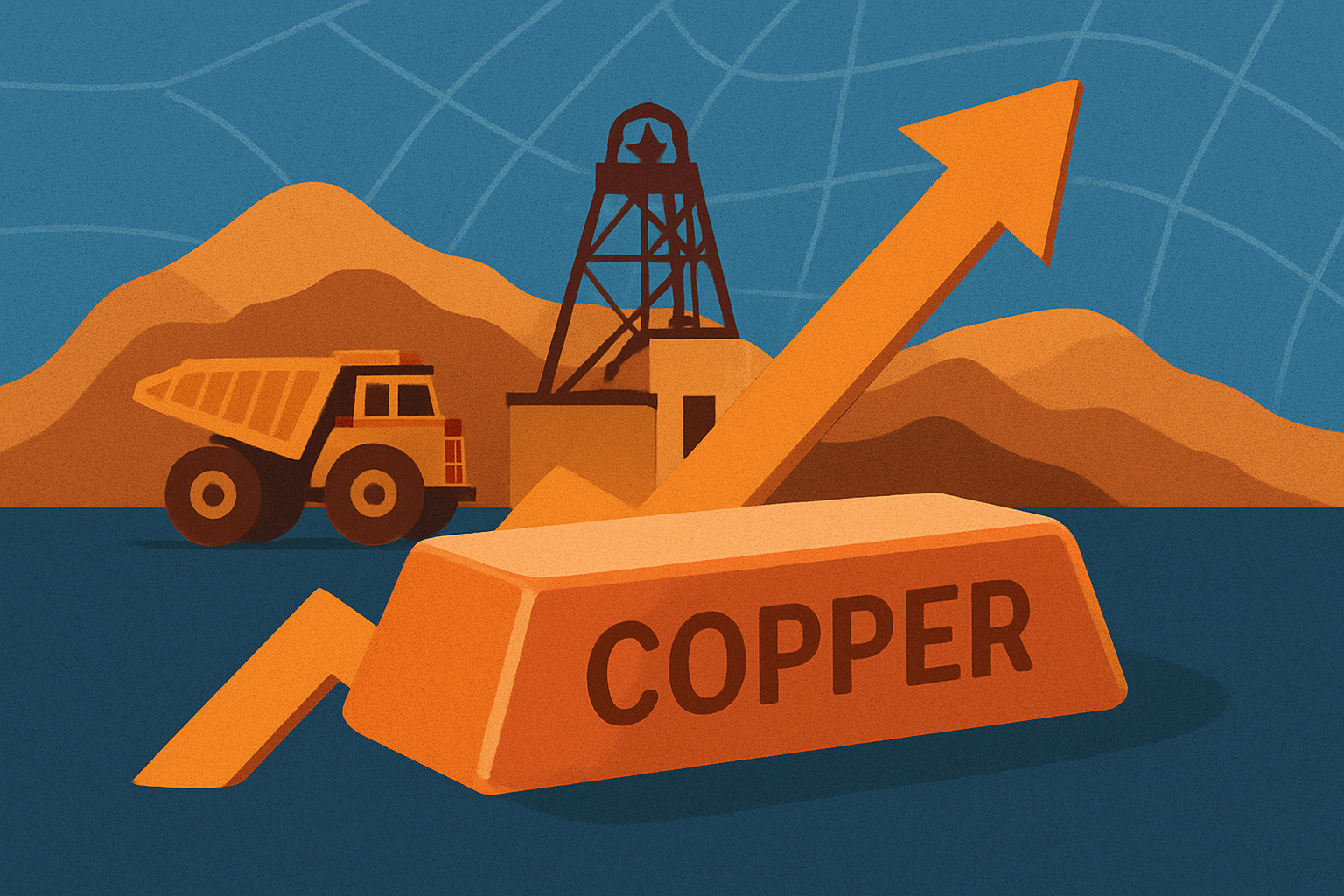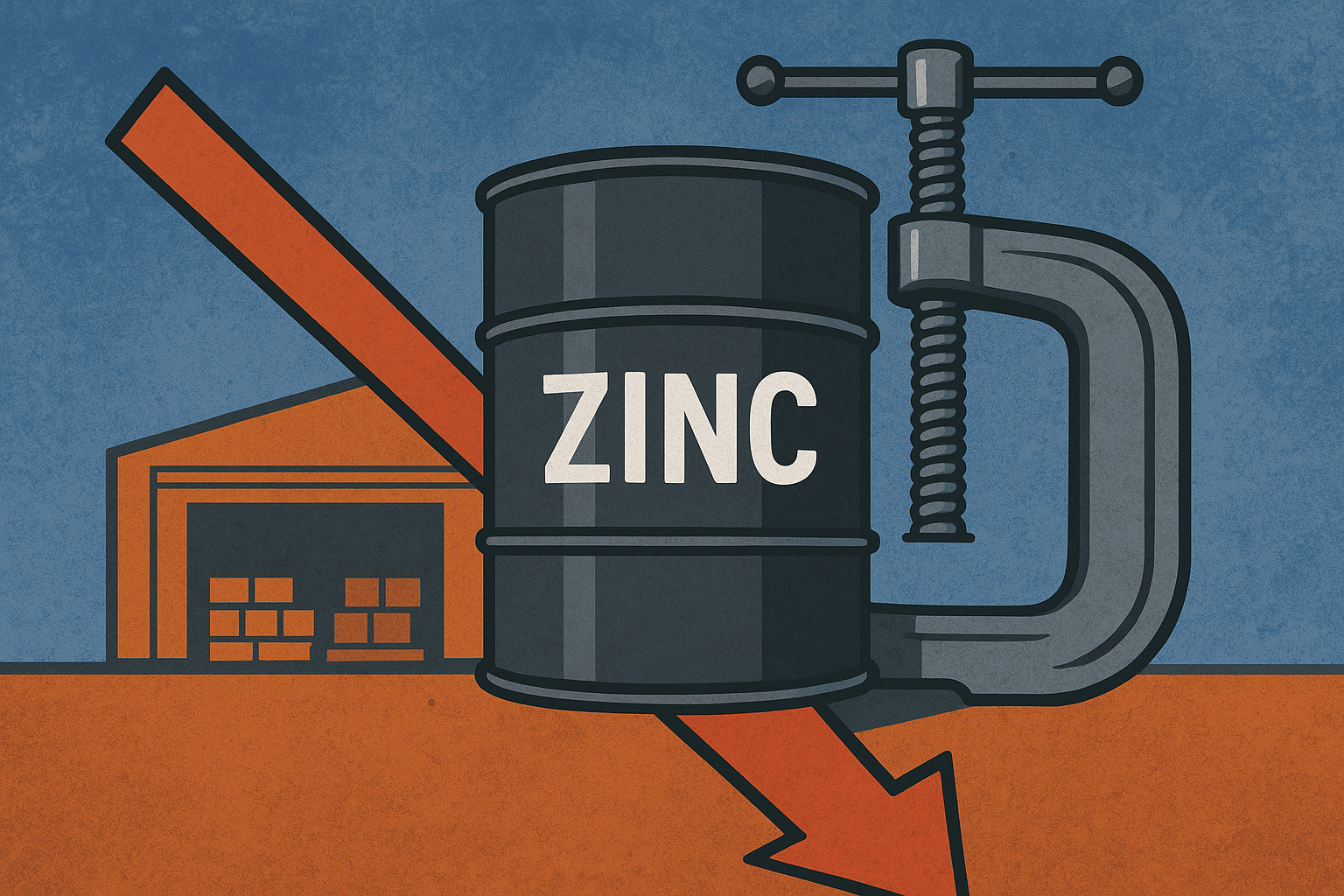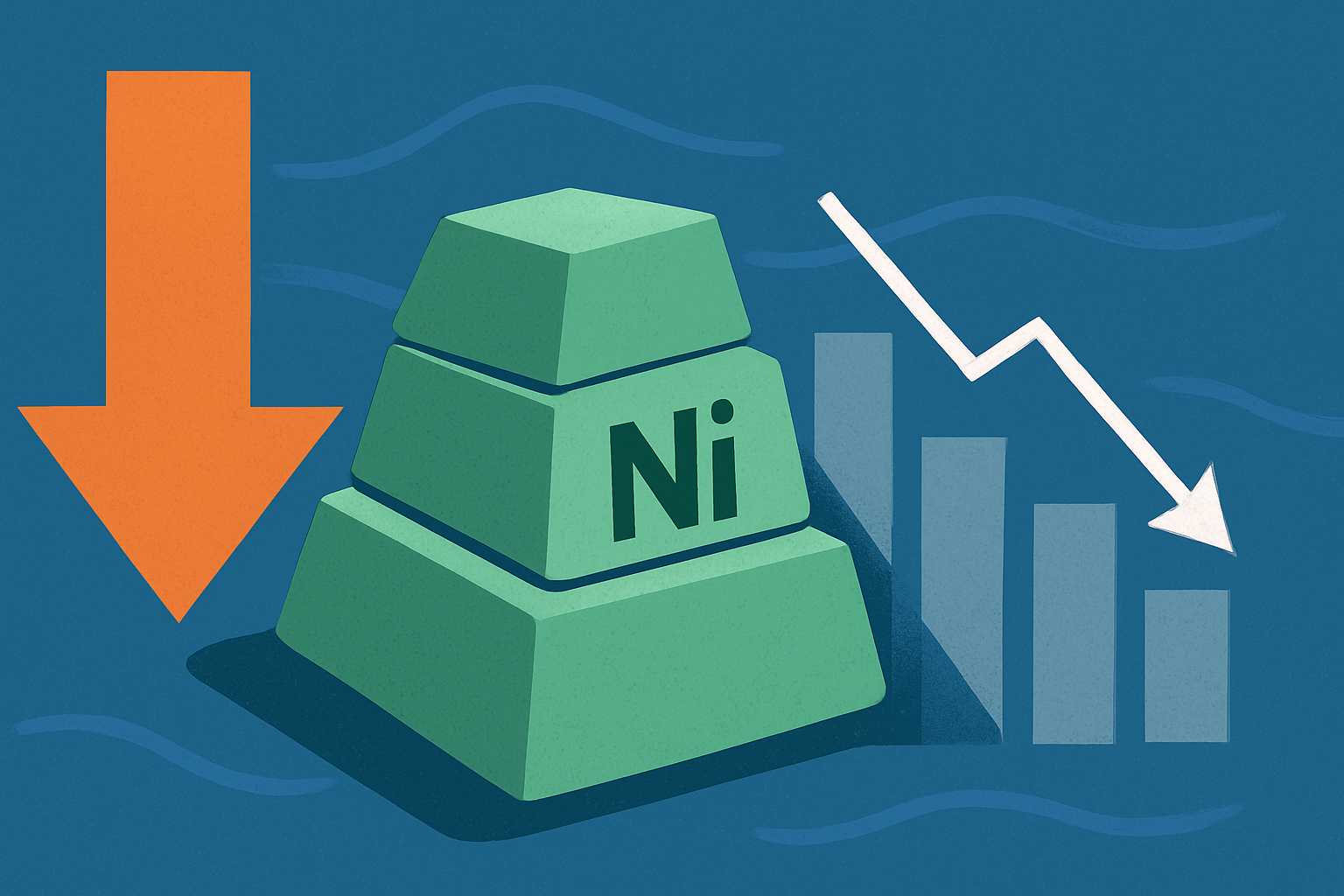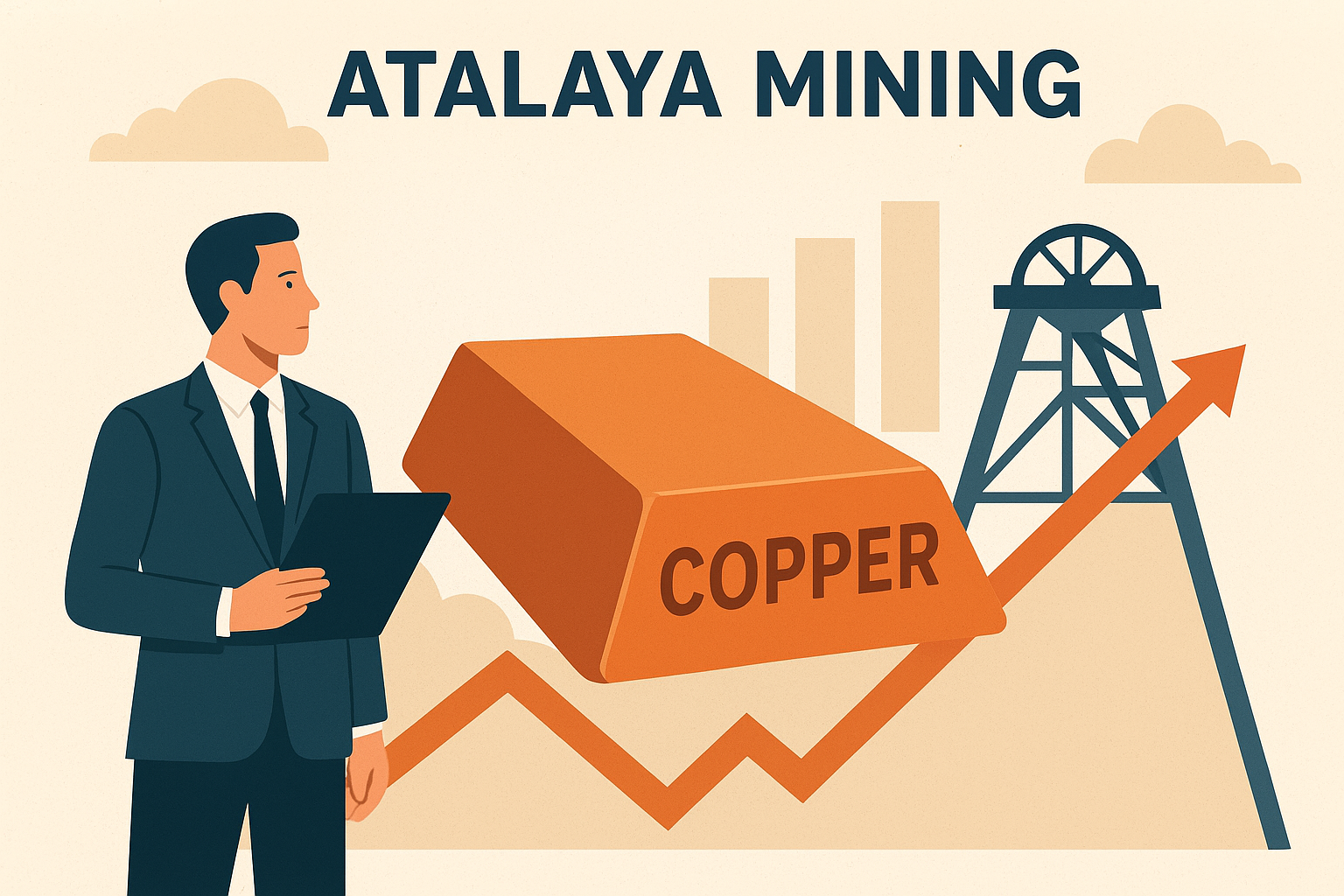Copper has been one of the most closely watched commodities in 2025, with prices hitting multi-month highs on the back of supply disruptions and strong energy transition demand. Against this backdrop, BHP, the world’s largest miner, is signaling a strategic shift: it wants to grow its copper output organically rather than through high-priced acquisitions — and it sees the United States as a particularly attractive growth frontier.
BHP’s Strategy: Organic Growth Over M&A
In a recent shareholder briefing, reported by Reuters, BHP highlighted its pipeline of major copper projects including Vicuna in Argentina, Resolution in the U.S., and ongoing expansion at Escondida in Chile, the world’s largest copper mine. Management noted that the U.S. stands out due to its lower energy costs, which could provide a competitive edge in an era where power prices weigh heavily on global mining margins.
What BHP did not emphasize — and what many investors were listening for — was a clear signal on mergers and acquisitions (M&A). While recent years have seen mega-deals reshape the sector, BHP remained notably silent on potential buyouts, suggesting that management sees more value in building out its own projects rather than paying hefty premiums in today’s elevated market.
Why This Matters for Investors
Copper remains central to the energy transition — powering electric vehicles, charging infrastructure, renewable energy grids, and data centers. According to the International Energy Agency (IEA), demand for copper could double by 2035 under global net-zero targets. Yet, supply additions have lagged, with Wood Mackenzie projecting a deficit of over 6 million tonnes by 2030 if new projects fail to materialize.
BHP’s strategy reflects this tension. By emphasizing organic growth, the miner is betting that its existing portfolio can deliver long-term returns without the execution and valuation risks that come with large acquisitions. This stands in contrast to peers like Glencore, which have been more aggressive in pursuing deals to secure future copper supply.
For investors, this provides a clear signal: the next growth frontier in copper is not necessarily through blockbuster acquisitions but through jurisdictional advantages, cost efficiencies, and regulatory stability.
The U.S. Advantage: Low Power Costs and Policy Tailwinds
Energy is one of the largest cost inputs for copper mining, especially in energy-intensive processes like ore crushing, milling, and smelting. The U.S., with its relatively lower and more stable industrial power costs, provides a favorable operating environment.
In addition, Washington has recently expanded its Critical Minerals list to include copper, opening the door for policy support, faster permitting, and potential funding incentives. That move could further improve project economics for miners with U.S. exposure, including BHP’s Resolution project in Arizona.
Analysts from BloombergNEF note that the U.S. could become a top-tier copper producer by the 2030s if projects like Resolution come online, helping reduce dependency on imports and strengthening supply chains.
Future Trends to Watch
- Copper Price Volatility – With Freeport’s Grasberg mine facing disruptions and Chilean output trending lower, short-term copper prices remain supported. Investors should watch LME stockpile levels, which have recently dipped below 150,000 tonnes.
- Shift in Capital Allocation – Miners are under pressure from shareholders to deliver returns without overpaying for assets. BHP’s focus on organic growth highlights a broader trend toward capital discipline in the sector.
- Policy & Permitting – The U.S. government’s reclassification of copper as a critical mineral could reshape the regulatory landscape. Projects in supportive jurisdictions may attract premiums from investors looking for lower political and operational risk.
Key Investment Insight
For investors, the message is clear: follow the copper projects in low-cost, policy-friendly jurisdictions. Companies with U.S. or Canadian copper exposure could enjoy outsized margins and policy benefits compared to peers operating in higher-risk regions. At the same time, the muted appetite for mega-M&A suggests that valuations for mid-tier copper developers may not see immediate buyout premiums — but could still deliver strong organic returns if projects advance.
In short, the copper growth story is intact, but the winners will likely be those with cost advantages and regulatory support rather than those relying on buyout speculation.
BHP’s decision to lean into organic growth underscores a shift in mining strategy at a pivotal moment for global copper markets. With energy transition demand accelerating, supply tightness looming, and U.S. policy turning favorable, copper remains one of the most compelling commodities for long-term investors.
Stay with explorationstocks.com for daily insights into the world’s most critical commodities and the companies shaping tomorrow’s markets.






